Trip of the week: off-roading from the Atacama to the Andes
It’s now possible to traverse two of the harshest and most spectacular regions on Earth
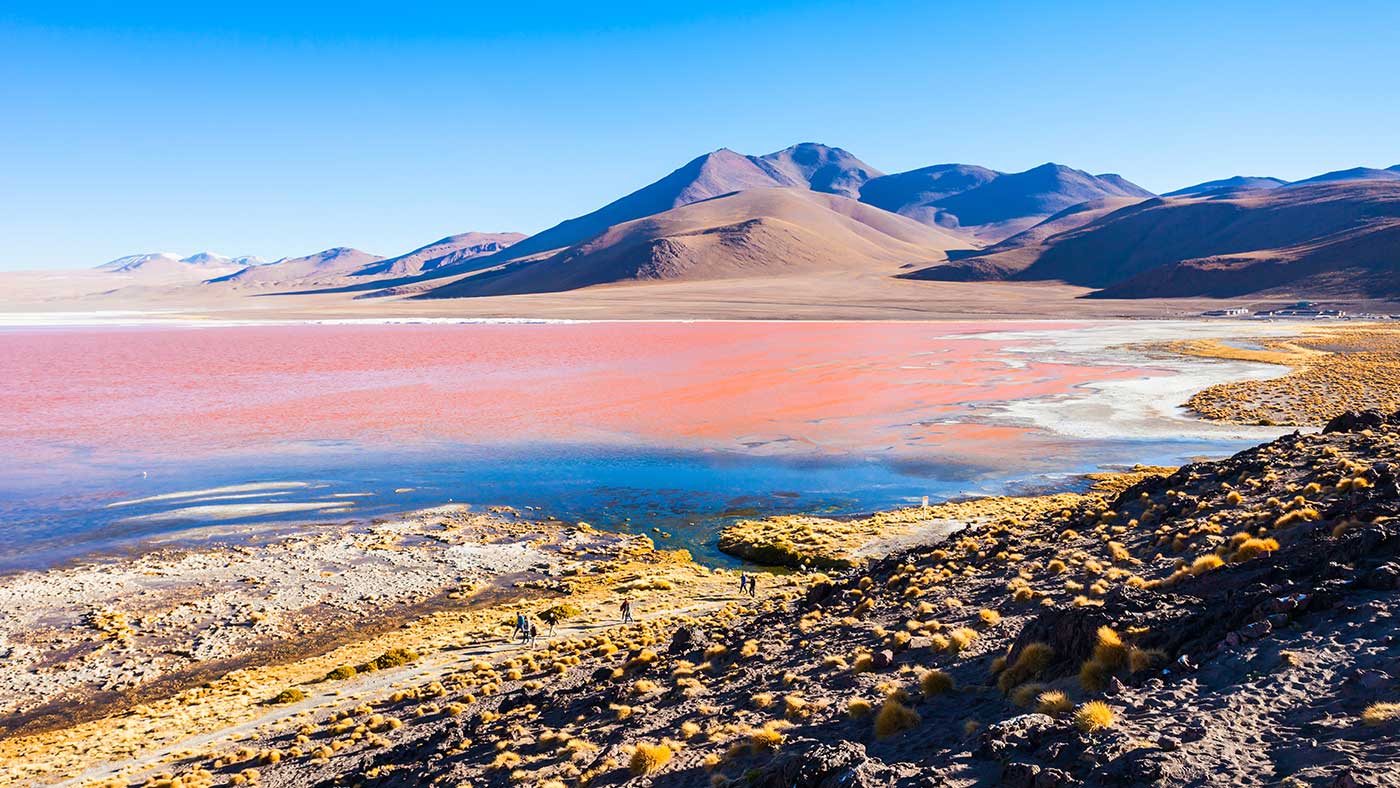
Side by side where Chile and Bolivia meet lie two of the harshest and most spectacular regions on Earth. The Atacama is the driest of the world’s non-polar deserts, a barrier between the Pacific and the Andes “far worse than the most turbulent ocean”, in Charles Darwin’s words. The Andean Altiplano – the largest high plateau outside Tibet – is scarcely more hospitable.
But today, you can cross them both in a 4WD, says Jamie Lafferty in the FT – and even sleep in comfort along the way, thanks to the adventure tourism company Explora. Last year it opened three small luxury lodges in “extremely remote” locations, to support a multi-day, guided crossing it calls the Travesía – an off-road journey from Chile to the fabled Bolivian salt flats of Uyuni.
From the town of San Pedro de Atacama, the route climbs towards the Licancabur volcano, soon rising above 4,500m and never dipping below 3,000m thereafter. At such altitudes, it’s wise to move slowly and stay hydrated. Crossing the Bolivian border, you reach Laguna Colorada, a lake that looks like “melted ice cream”, marbled with streaks of black, blue, red and white. Thousands of James’s flamingos feed in its mineral-rich waters, huddling together against the desert wind.
The Week
Escape your echo chamber. Get the facts behind the news, plus analysis from multiple perspectives.

Sign up for The Week's Free Newsletters
From our morning news briefing to a weekly Good News Newsletter, get the best of The Week delivered directly to your inbox.
From our morning news briefing to a weekly Good News Newsletter, get the best of The Week delivered directly to your inbox.
Then come the Sol de Mañana mud geysers, and not far beyond, the first of Explora’s lodges, Ramaditas. Like the others, it has a simple, “industrial” exterior, but is cosy inside.
There are hikes to enjoy along the rest of the route, along with more flamingo-filled lakes, “outrageous” sunsets, giant cacti and lots of vicuñas (llama-like creatures with famously soft fur). Near the village of San Juan is an ancient necropolis where the bones of pre-Incan people lie untouched in open-sided crypts. And not far north, the salt-encrusted plain of Uyuni stretches to the horizon like a vast ice field – a “bleached void” of such “terrible brilliance” that the distant mountains seem to float over it like islands.
Visit journeylatinamerica.com and explora.com for more information
A free daily email with the biggest news stories of the day – and the best features from TheWeek.com
-
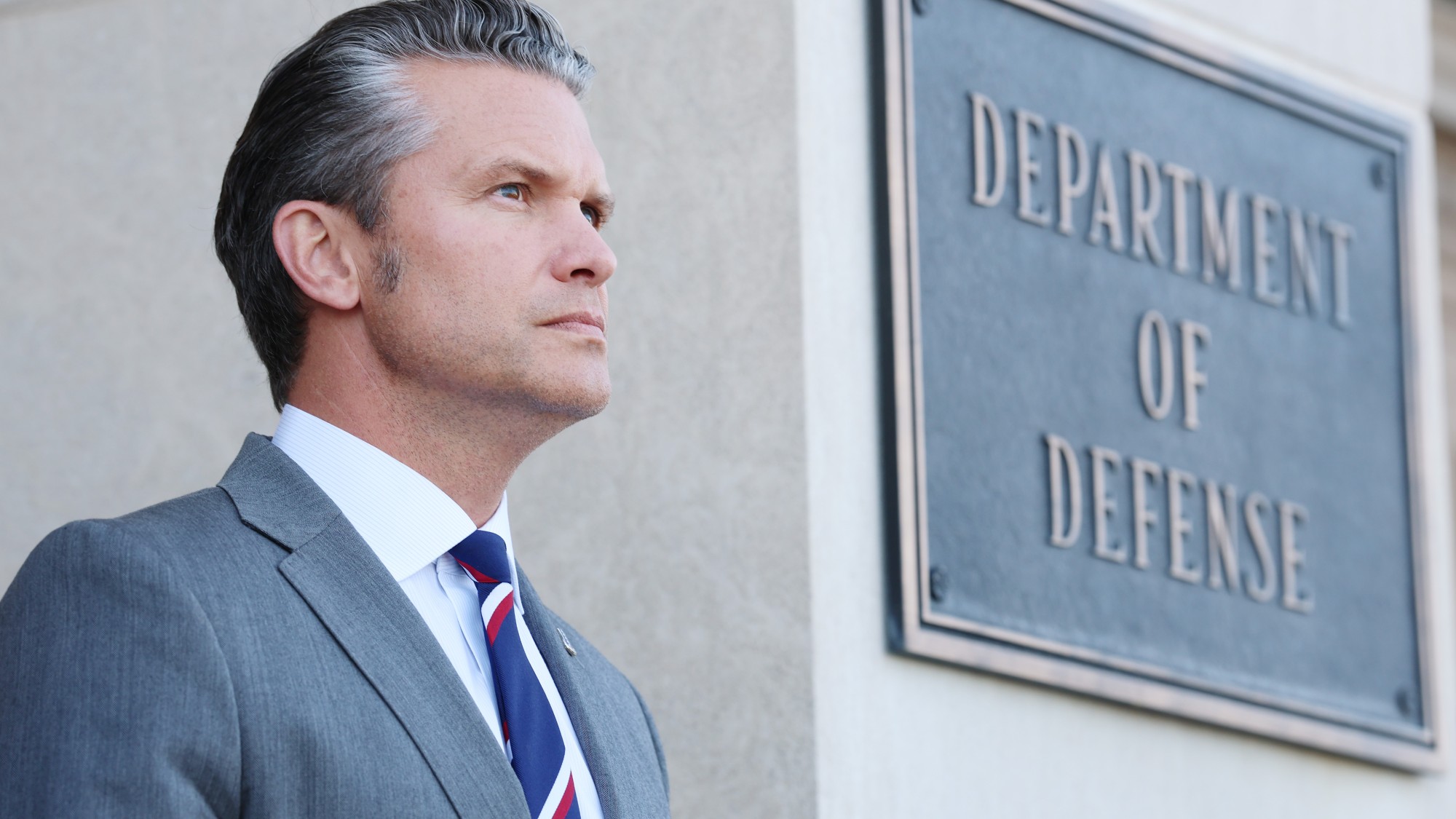 How the War Department became the Department of Defense – and back again
How the War Department became the Department of Defense – and back againIn Depth In 1947 President Harry Truman restructured the US military establishment, breaking with naming tradition
-
 Sudoku hard: December 8, 2025
Sudoku hard: December 8, 2025The daily hard sudoku puzzle from The Week
-
 Codeword: December 8, 2025
Codeword: December 8, 2025The daily codeword puzzle from The Week
-
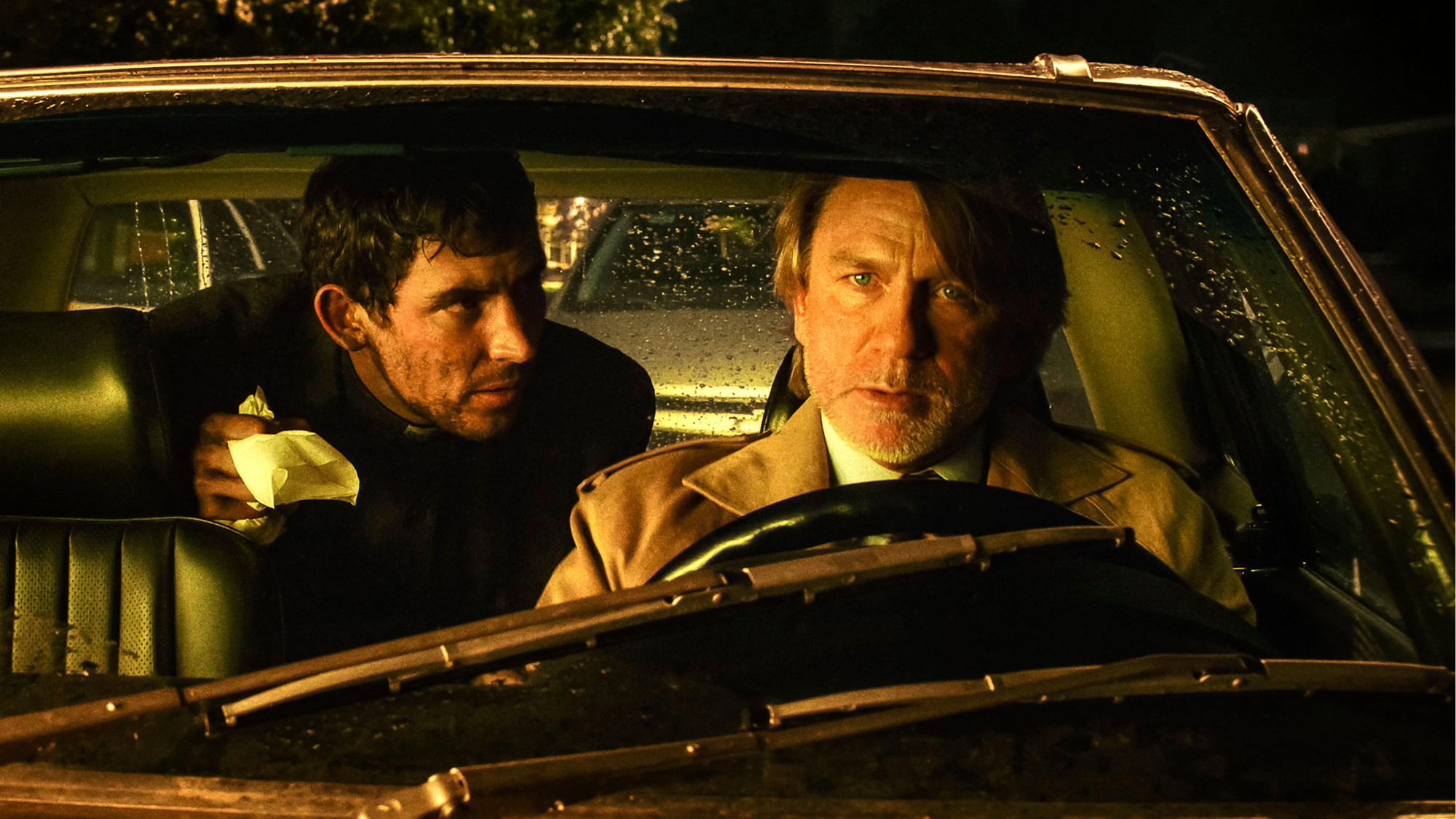 Wake Up Dead Man: ‘arch and witty’ Knives Out sequel
Wake Up Dead Man: ‘arch and witty’ Knives Out sequelThe Week Recommends Daniel Craig returns for the ‘excellent’ third instalment of the murder mystery film series
-
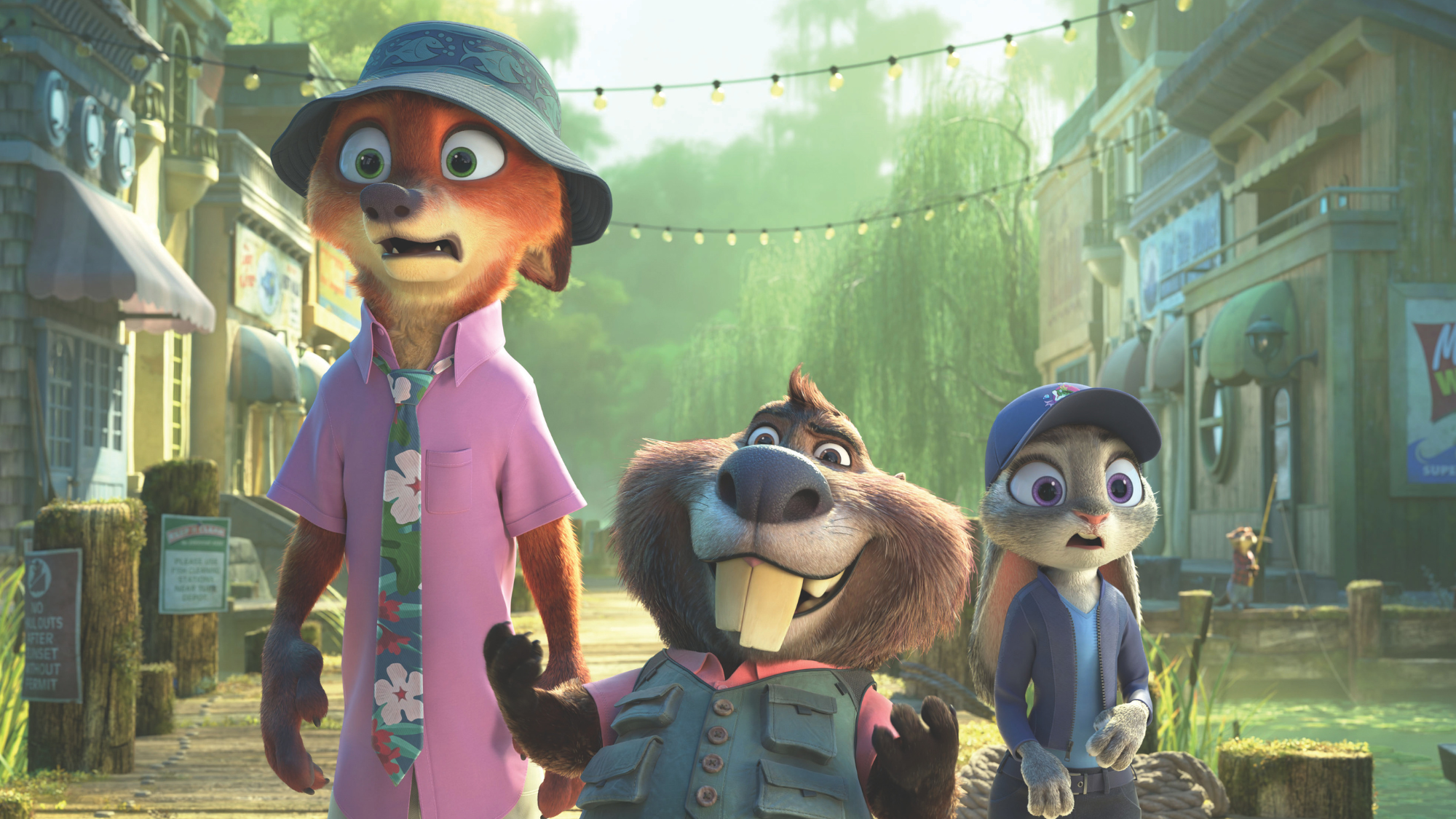 Zootropolis 2: a ‘perky and amusing’ movie
Zootropolis 2: a ‘perky and amusing’ movieThe Week Recommends The talking animals return in a family-friendly sequel
-
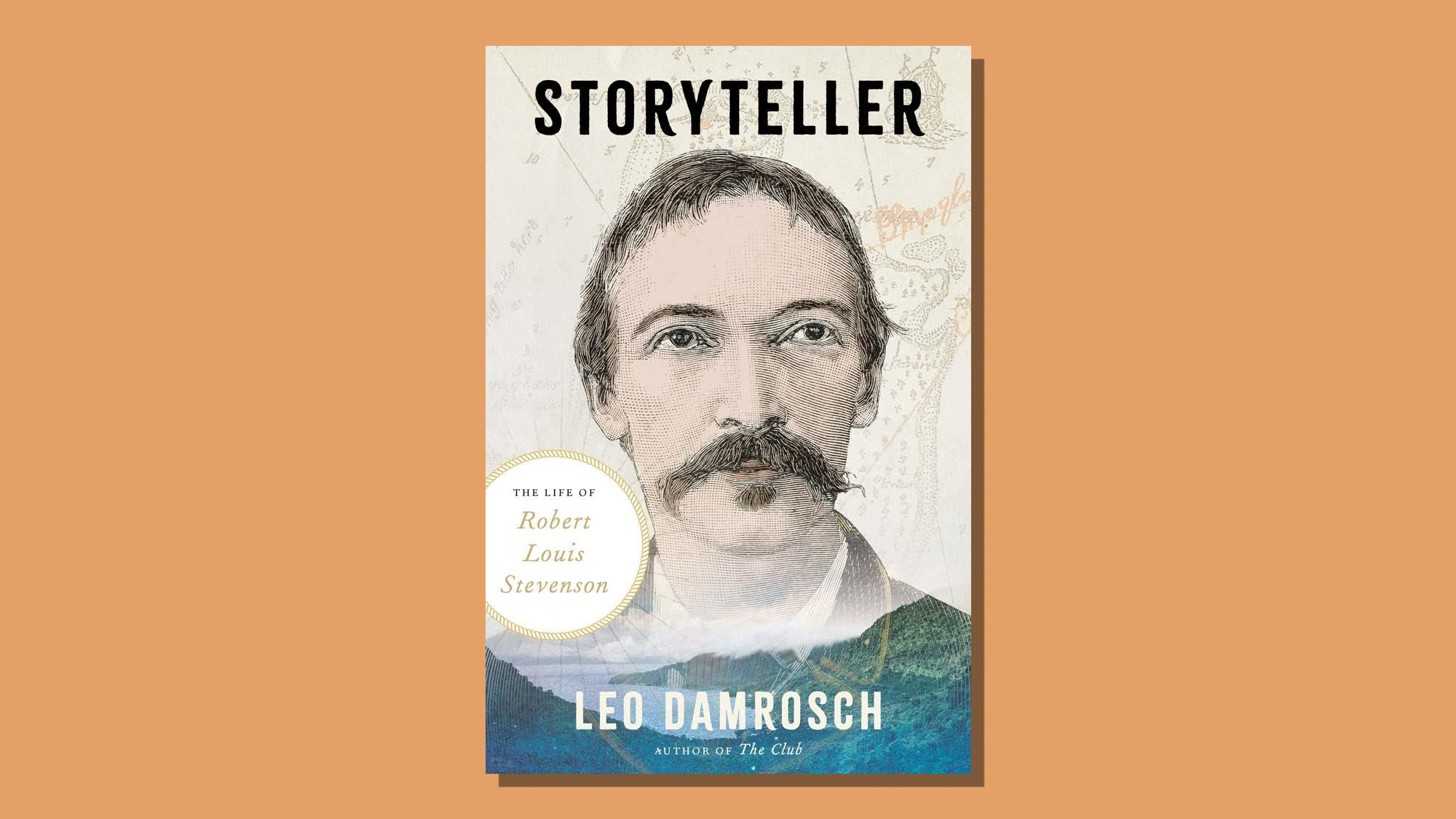 Storyteller: a ‘fitting tribute’ to Robert Louis Stevenson
Storyteller: a ‘fitting tribute’ to Robert Louis StevensonThe Week Recommends Leo Damrosch’s ‘valuable’ biography of the man behind Treasure Island
-
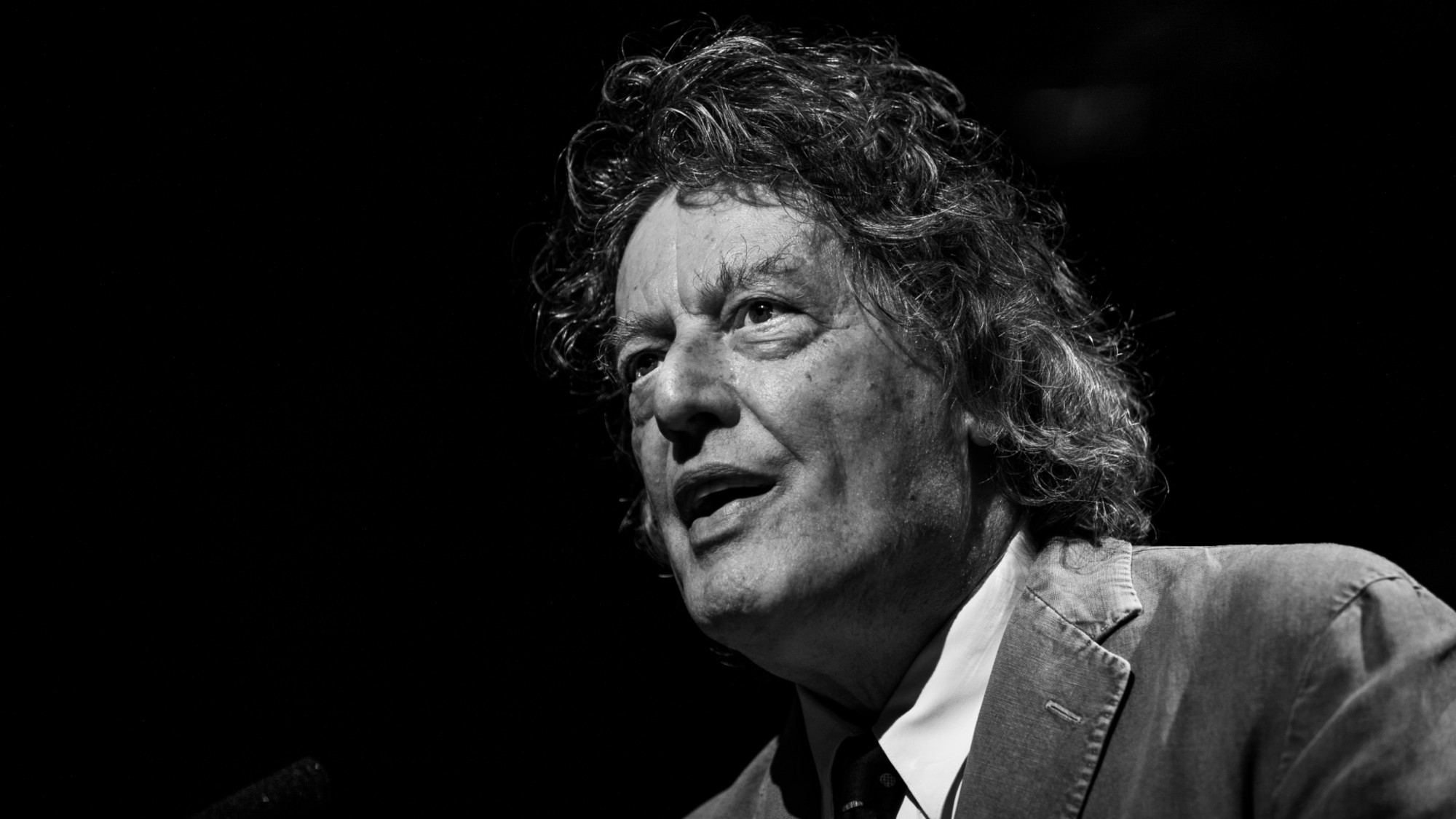 The rapid-fire brilliance of Tom Stoppard
The rapid-fire brilliance of Tom StoppardIn the Spotlight The 88-year-old was a playwright of dazzling wit and complex ideas
-
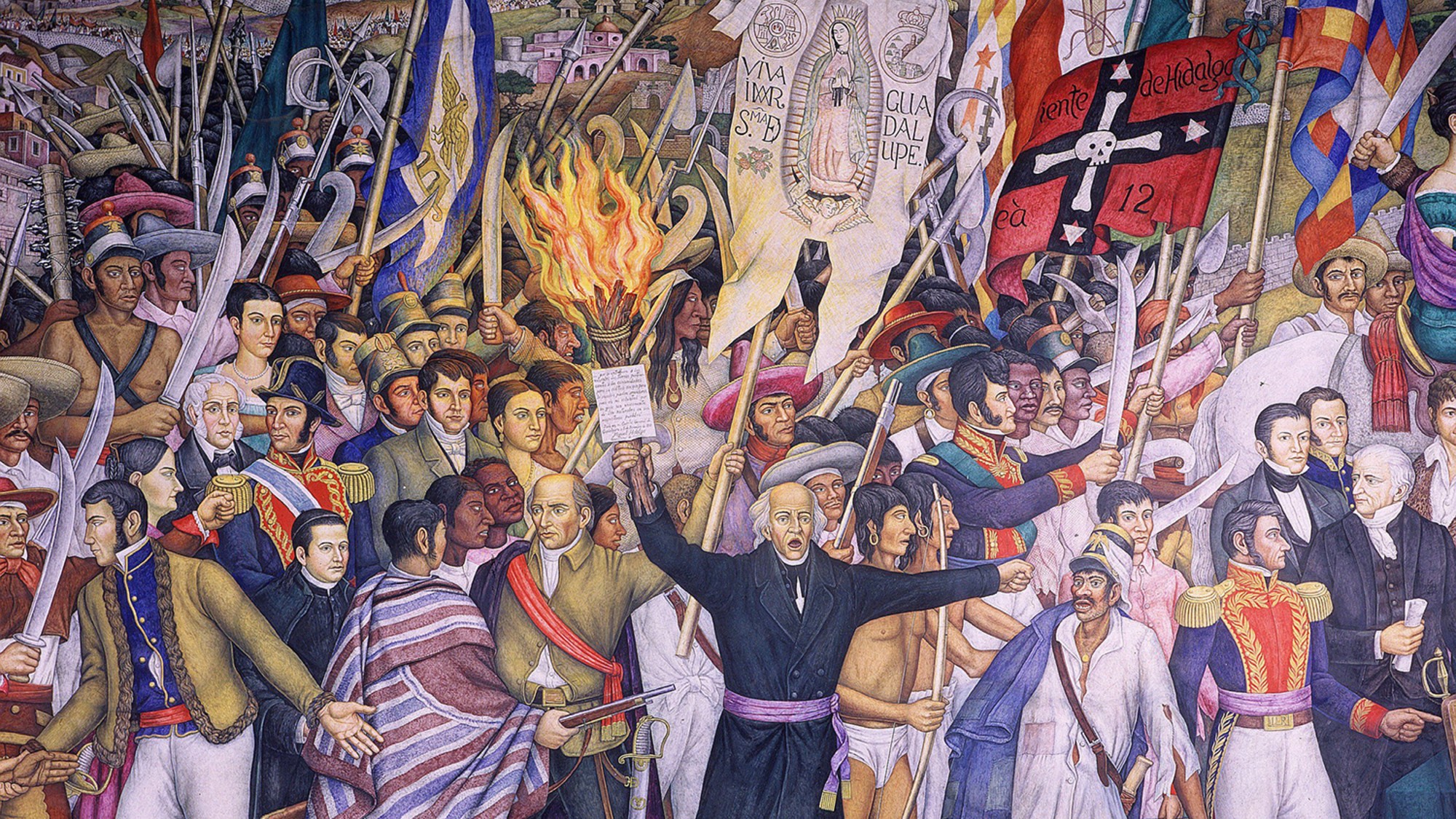 ‘Mexico: A 500-Year History’ by Paul Gillingham and ‘When Caesar Was King: How Sid Caesar Reinvented American Comedy’ by David Margolick
‘Mexico: A 500-Year History’ by Paul Gillingham and ‘When Caesar Was King: How Sid Caesar Reinvented American Comedy’ by David Margolickfeature A chronicle of Mexico’s shifts in power and how Sid Caesar shaped the early days of television
-
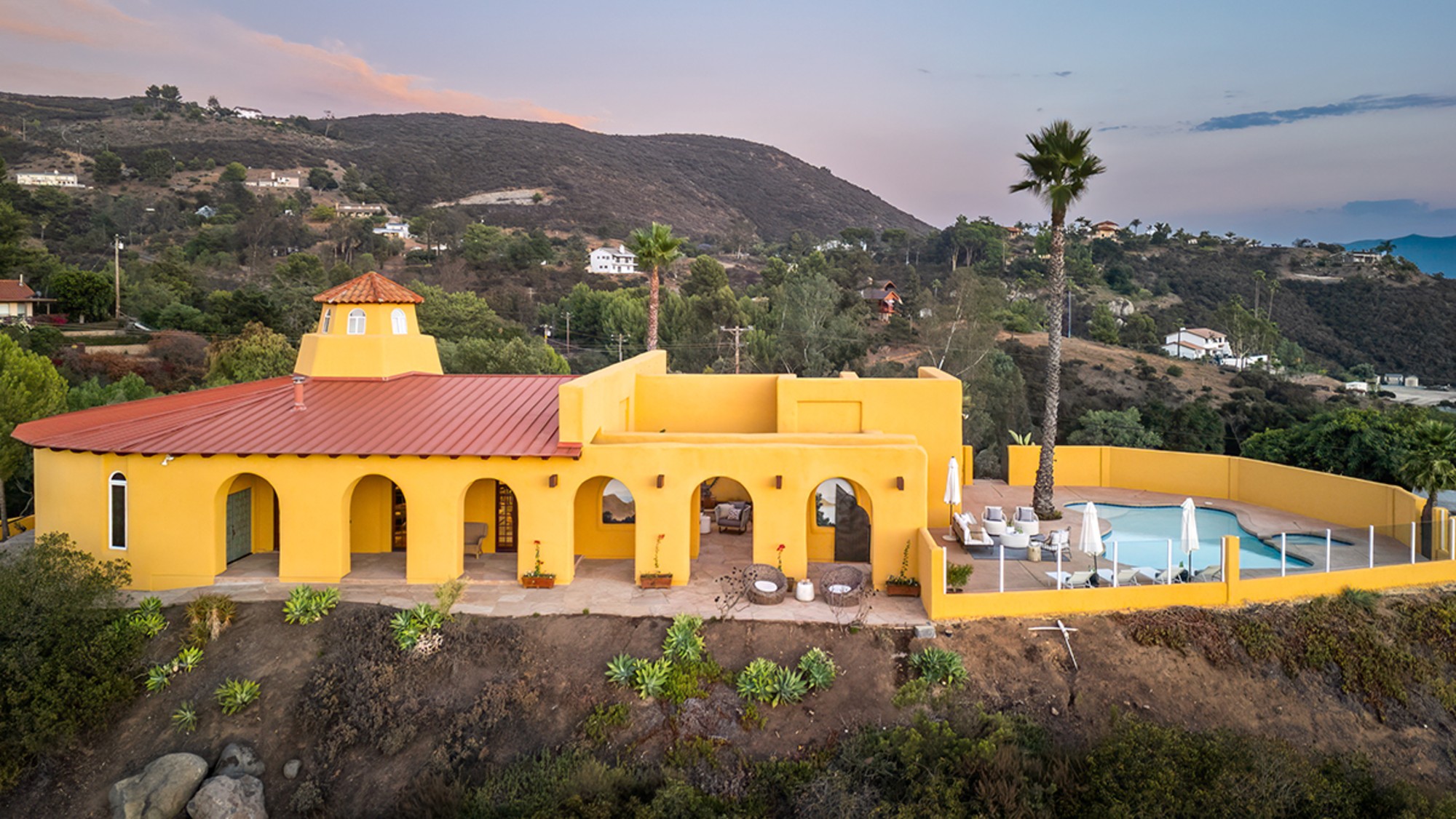 Homes by renowned architects
Homes by renowned architectsFeature Featuring a Leonard Willeke Tudor Revival in Detroit and modern John Storyk design in Woodstock
-
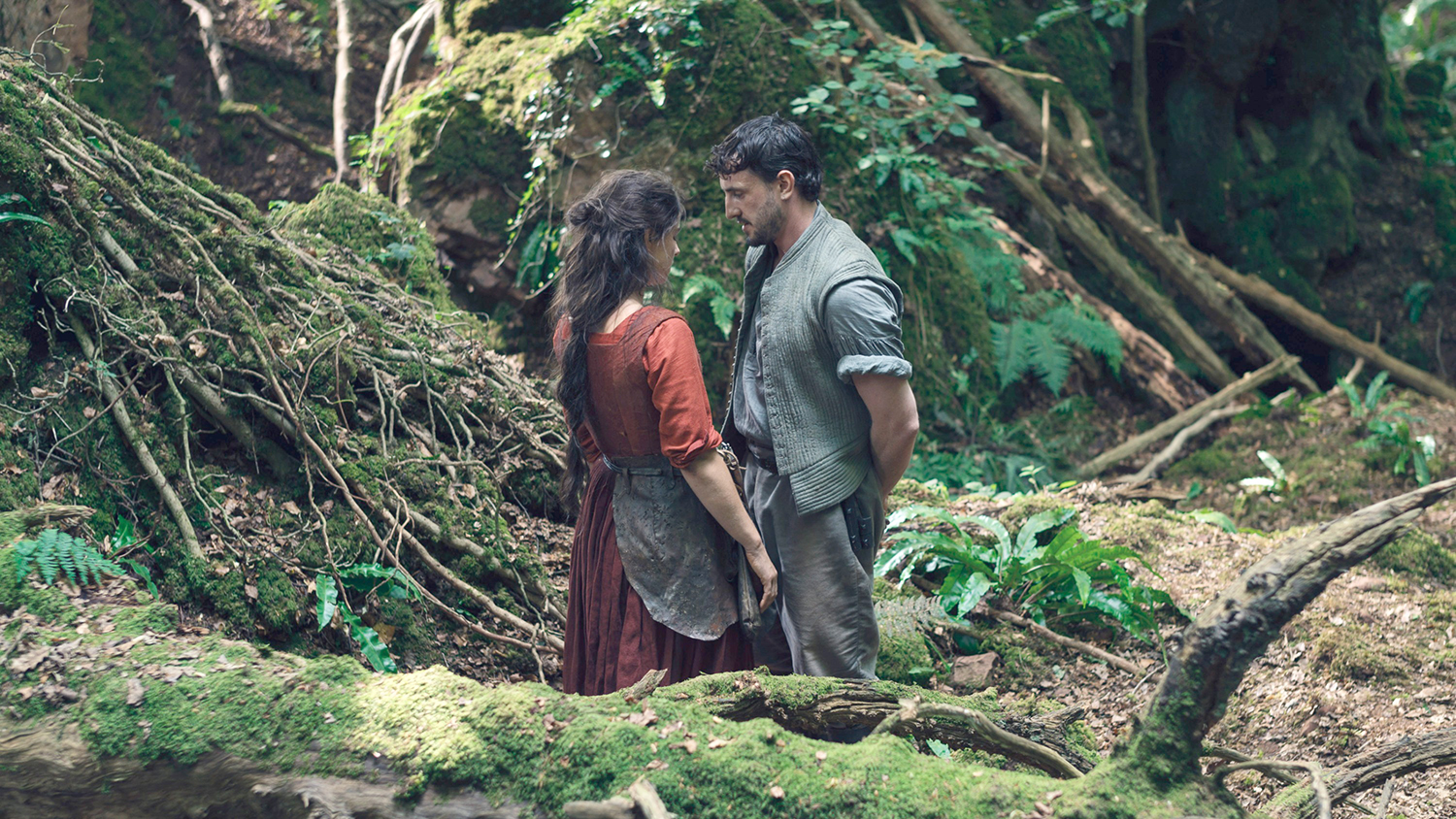 Film reviews: ‘Hamnet,’ ‘Wake Up Dead Man’ and ‘Eternity’
Film reviews: ‘Hamnet,’ ‘Wake Up Dead Man’ and ‘Eternity’Feature Grief inspires Shakespeare’s greatest play, a flamboyant sleuth heads to church and a long-married couple faces a postmortem quandary
-
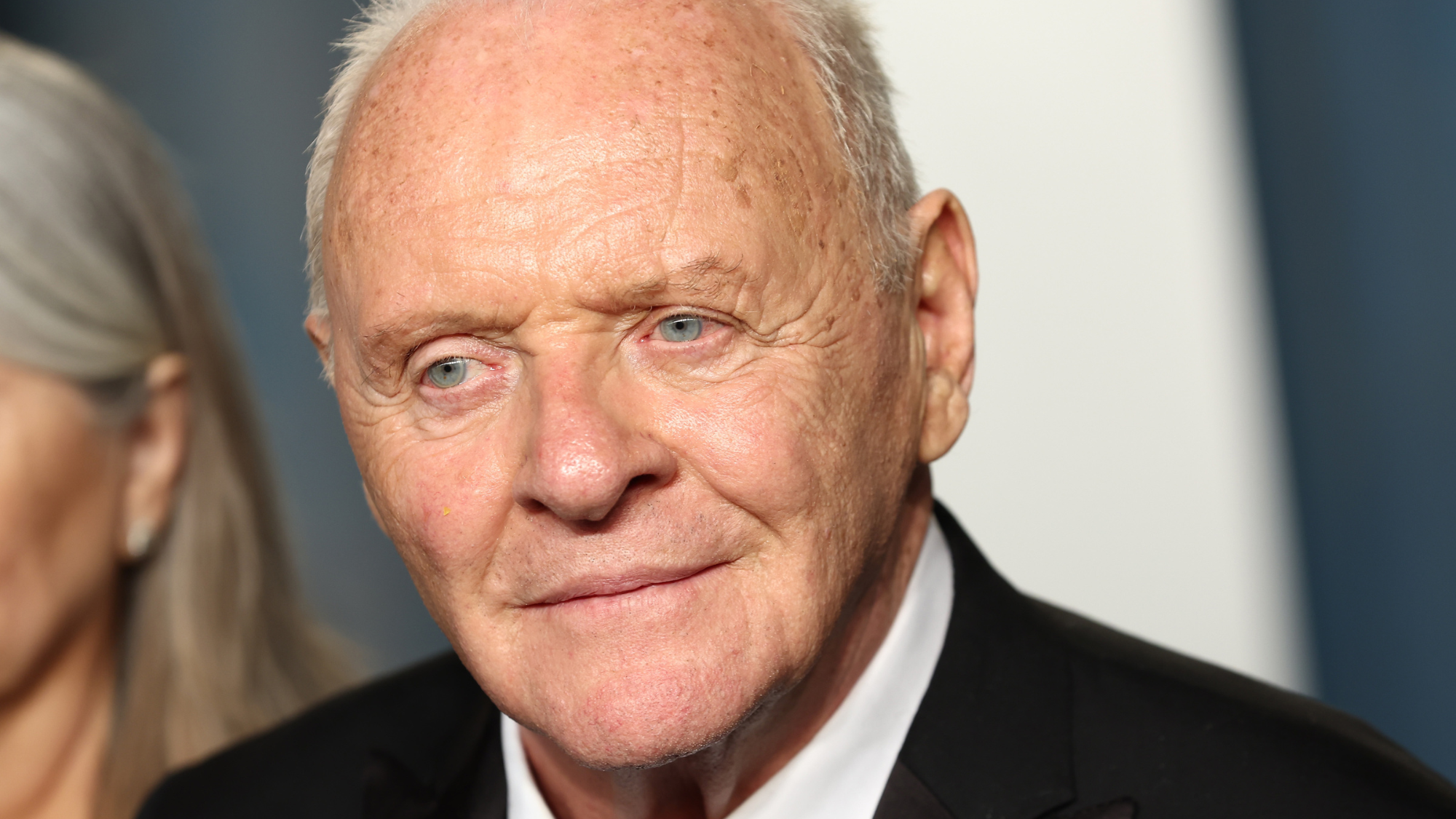 We Did OK, Kid: Anthony Hopkins’ candid memoir is a ‘page-turner’
We Did OK, Kid: Anthony Hopkins’ candid memoir is a ‘page-turner’The Week Recommends The 87-year-old recounts his journey from ‘hopeless’ student to Oscar-winning actor